Heeey you!
Aaaah!!! There is no point in apologizing for not blogging for a while. I have been taking a short break from this little blog simply because I cannot do it all.
We are very close to moving into our new home and life has been nothing but busy. Good busy that is. So, my apologies my dear teacher friend.
During the last couple of months I have been focusing on creating math BUILD stations for 2nd grade and enhancing my social media a bit. {And little boys, and a husband, and other things of course!} Creating a new set of math stations has me learning a whole lot about foundational math. I have been reading this book:

My district has “hands-down!” the best lead math teacher in the whole state. She recommended this resource, and as always it is a winner. If you are ever thinking about enriching your knowledge of kick-____ math, then this is the book that you want. No more looking. This is it.
Anyways, one of the things that I have been doing with my 2nd graders this year has to do with identifying, using, and making benchmark numbers. Have you ever heard about them before?
A benchmark number is any multiple of 10, 100, and sometimes multiples of 25. To make it kid friendly, especially for the minds of 2nd graders, I show them how all the benchmark numbers come from tens, and then we build up to a more complex understanding as we go. We also call them “friendly” numbers.
I have written before about the gradual release of responsibility model. {Did that bring you back to your college years?} Well let me tell ya… your professors were right.
We start the concept by learning how to identify benchmark numbers and knowing what they are in a whole group lesson. I refer to the term “benchmark” numbers as much as possible. I introduce this concept in the best way I know: With an interactive anchor chart.
When we are in small groups during guided math, I try to maximize our time together like you would not believe. My teacher soul is at peace when I “kill” my small groups in literacy and math each day.
One of the ways, in which I maximize our instructional during small groups is by making {and using} mini-anchor charts.
I refer to this mini-anchor chart during guided math groups as needed.
Our exit ticket for the identification of benchmark numbers is pretty fun and hands-on!
Oh boy! That is a big question. And there are many reasons. {There are so many that I may only mention a few}
So, these are the ones that I think are winner, winner, chicken dinner.
1. I take the time to teach my students about benchmark numbers because they need to understand how other numbers relate to these “friendly” numbers. This alone is a HUGE step toward number sense and place value development. For example, one of the activities that we do is on a number line. Showing my students benchmark or friendly numbers on a number line shows them a beginning step towards estimation. Yes, that is right. Estimation y’all!
Think like this: say you have an open number line that goes from 60 to 70. This is a hands-on visual that shows my students which numbers are closer to 60, which ones are closer to 70, AND which ones are in the middle.
This is the mini-anchor chart that we use during guided math:
We talk and do different demonstrations using white boards. After we have practiced enough and I can tell that my students are showing a super-duper understanding, I give them an exit ticket:
2. Benchmark numbers are the bomb when it comes to making addition and subtraction strategies easier. In order for my students to be able to truly use benchmark numbers in computations efficiently, they need to be able to subitize and understand parts of a whole first. I used this mini-anchor chart during guided math when I taught 1st grade.
When our students understand the combinations in ONES that make a ten, then it will be SO much easier for them to understand what makes a hundred and what makes a thousand. I use the following mini-anchor charts during guided math and I display around the classroom for the children’s reference:
Doesn’t this make so much sense now? Look at the next one:
I hope you are loving the mini-anchor charts. I keep them in a binder and I use them during small groups. I usually place them over at our math area and the kiddos use them as reference when they are working independently.
3. Another reason why benchmark numbers are so awesome, is related to property of operations.
For example, when I teach addition of four two-digit numbers, I must model and show my students the associative property of addition.
My students need a clear understanding of the benefits of “benchmarks,” because they need to “look” to pair numbers that when grouped together can be made into a ten.
Look at this example of a mini-anchor chart that I use with my 2nd graders:
I have learned that when I take the time to constantly refer to benchmark numbers and the combinations that make a 10 (which we call compatible numbers), my students get it. They get it because they know that once you make a 10 or a benchmark, adding and subtracting will certainly be easier. This visual and color coding, allow my students to see the power of 10.
This is such an important concept, we practice it quite a bit.
We use mats to group our compatible number and solve.
Truly I can go on and on about benchmark numbers. I will be writing about benchmark numbers and compensating next time.
Oh, I almost forgot! YOu may download all these mini-anchor charts and exit tickets HERE!!
Until then, let me wish you a happy, relaxing, and awesome winter break.
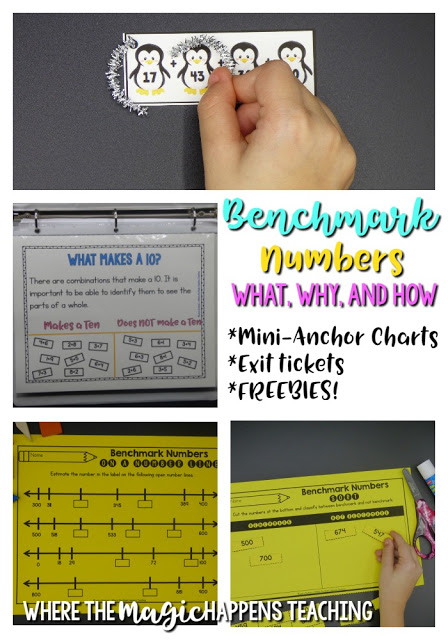

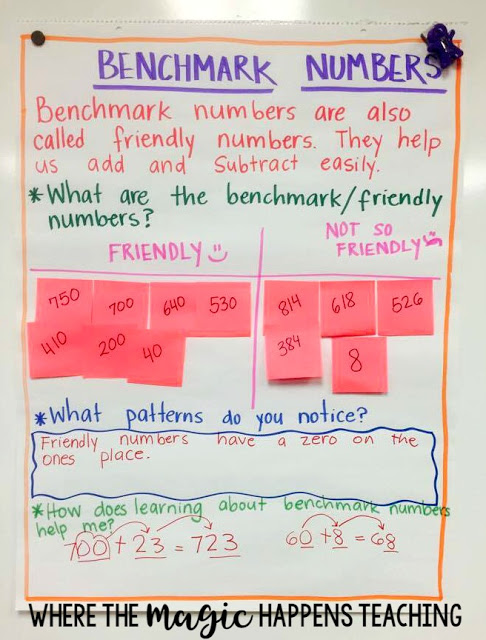

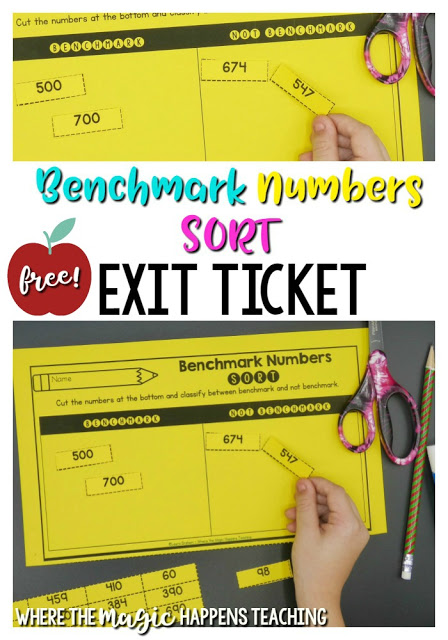
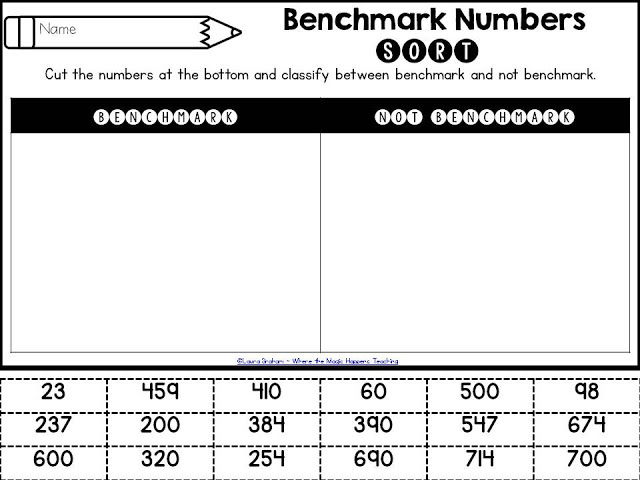

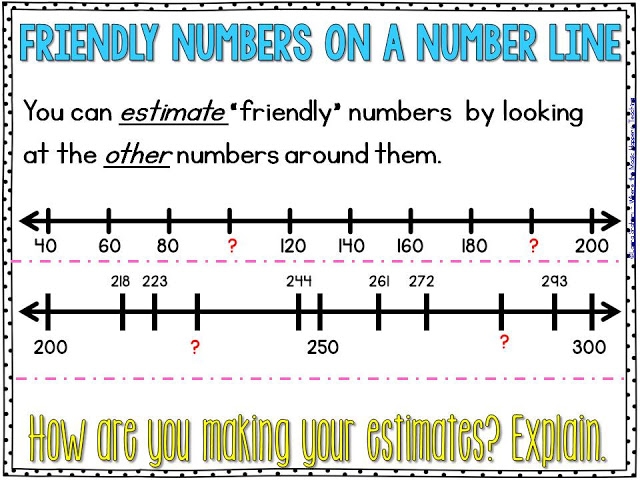

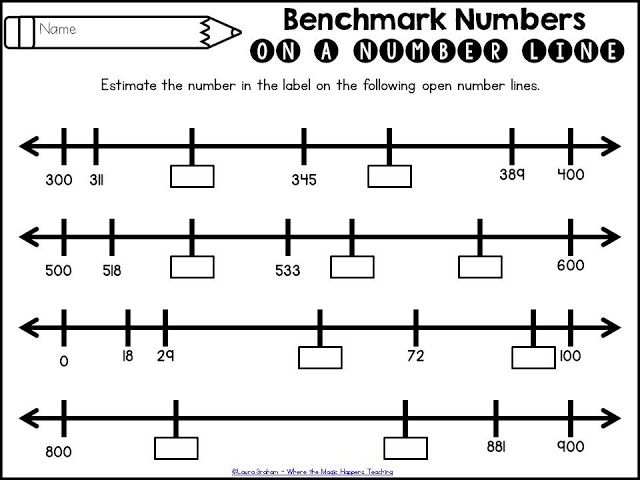
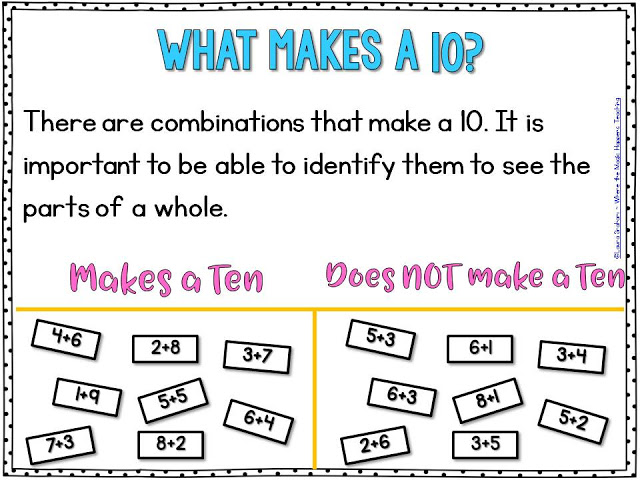

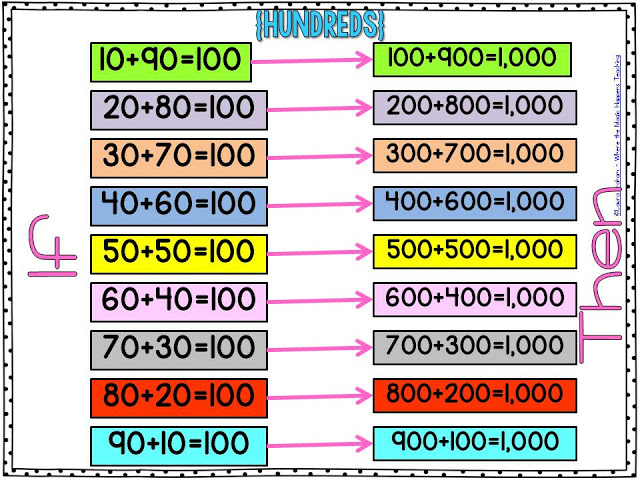




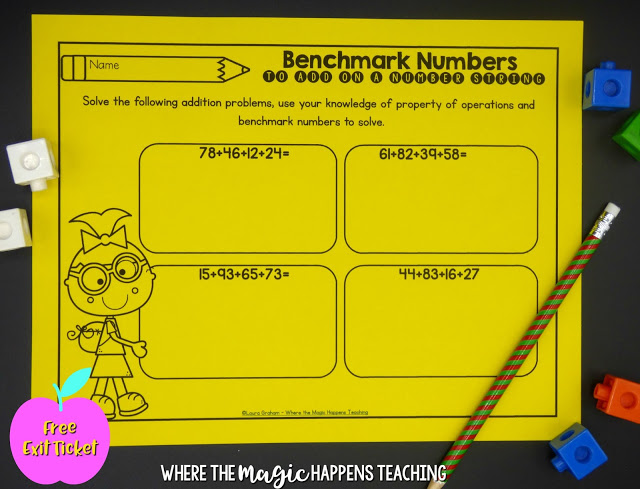
Very helpful resource!! Thanks so much.